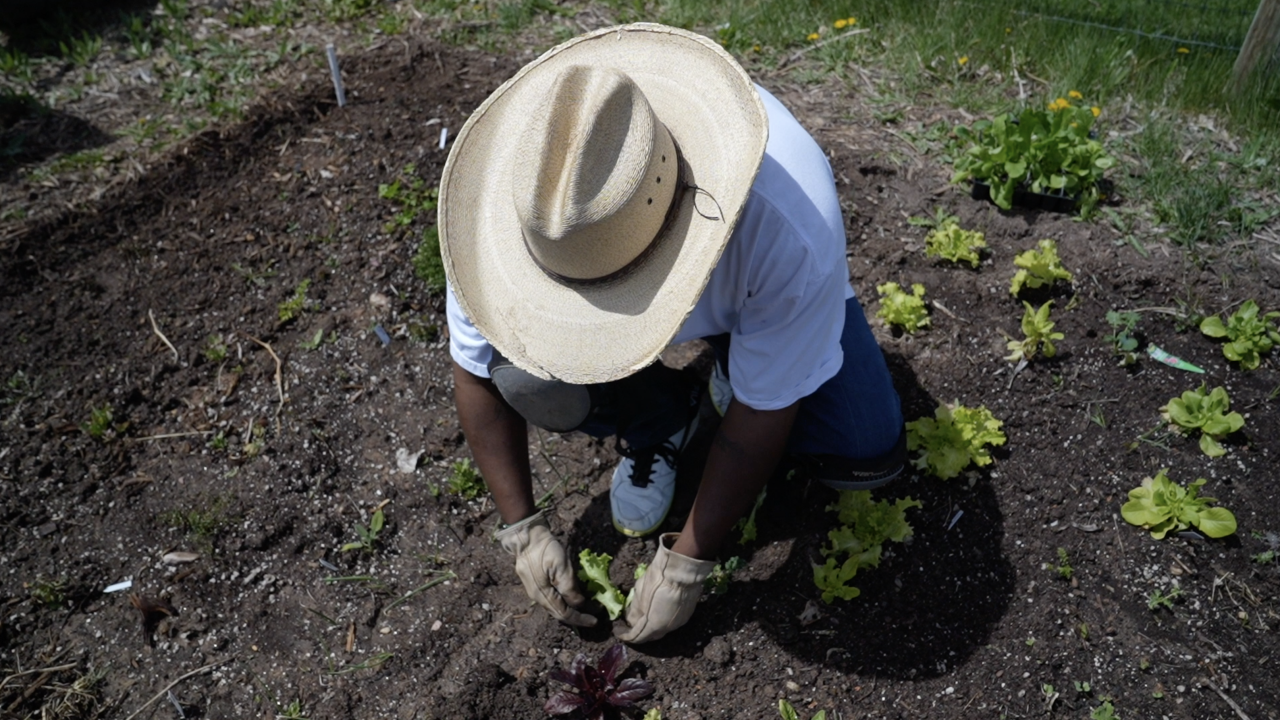By now, most of us have felt the strain of inflation in one way or another, but libraries are offering some relief to wallets for those looking to save a few bucks.
Seed libraries, where libraries and other public spaces stock planting seeds for people to “borrow,” are becoming increasingly popular. They contain seeds like cucumbers, tomatoes, herbs and squash.
Many times, gardeners will “borrow” the seeds to grow new produce, and then once harvested, they will return seeds from the grown vegetables to the seed library for others to use.
It is a program that has gained popularity since the pandemic, as some proponents estimate there are more than 660 seed libraries nationwide.
Across the country, more and more seed libraries are popping up, and they are helping to solve two issues. On the one hand, they are assisting libraries to engage with the community as they move away from traditional reading centers. Seed libraries are also helping to provide fresh produce to places across the country battered by food insecurity.
"It’s just a fun way for people to come together,” said Meg Quirk of the Summit County Public Library in Colorado. “You have people that are like, 'I have a black thumb I can’t do anything plant-related,' and we’re like we don’t care. We’ve had a master gardener come in for one of our programs and teach everybody about seed saving, so it’s been a really cool way for the community to come together.”
In areas where grocery stores are not as accessible, the seeds offer families a way to cut down on costs and get more nutritious foods. The US Department of Agriculture estimates that about 10% of communities nationwide have low access to healthy foods.
According to the Consumer Price Index from the Labor Department, grocery prices in stores are up 10% from a year ago.





